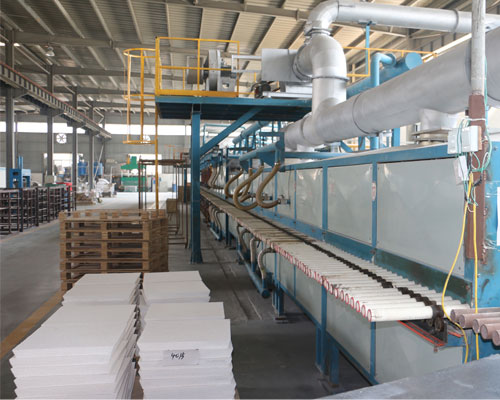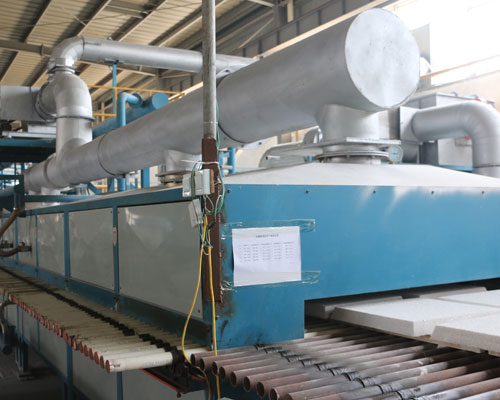The Ceramic Filter Suppliers AdTech develops ceramic foam filter, it is comparable to similar products at home and abroad in terms of removing inclusions in aluminum melt, improving metal continuity and improving performance.
The filtering function of ceramic foam filter:
In the process of aluminum alloy smelting, non-metallic inclusions are generated due to the unclean charge and the influence of the external environment. In the casting process, due to metal turbulence, drop and splashing, the oxide film formed by the large area of liquid metal in contact with air is also involved in the molten aluminum. Therefore, while the charge is required to be clean and the liquid metal refining and degassing, the secondary slag caused by the inside of the melt and the flow should be further removed, and the effect is very significant by filtering again.
In principle, the installation position of the filter should be such that the filtered aluminum melt does not flow into the crystallizer without being turned over. For an equal-level process system, the liquid surface film in the flow plate is continuous due to the flow groove and the filter is placed. The location does not have to be very close to the thread crystal device.

The ceramic foam filter developed by Ceramic Filter Suppliers AdTech immersed in the aluminum melt is plugged tightly with silicic acid wool around it. The liquid flow can only pass through the tortuous mesh of the filter disc, and the carried inclusions flow along the tortuous channels and pores. , Due to the combined action of the axial pressure friction force of the liquid flow, the adsorption force of the wheat surface and the chemical force, it is firmly retained on the inner surface of the filter hole and the crevices, thereby separating from the metal liquid phase.
The filter developed by Ceramic Filter Suppliers AdTech residue effect depends on the pore size and thickness of the filter disc and the speed at which the aluminum melt passes through the filter disc. The thicker the filter, the longer the time the aluminum liquid flows through the filter, the more chances of collision, and the more chances of inclusions being retained, deposited, and adsorbed on it.
It should be noted that when the speed of the filtrate flowing through the ceramic filter is too low, it is not easy to be adsorbed due to the collision probability of small inclusions, and flows “steadily” through the filter holes. When the speed is too high, the molten metal flow will “wash out” the solid inclusions and may take them away. The best flow rate should be determined by production practice.

